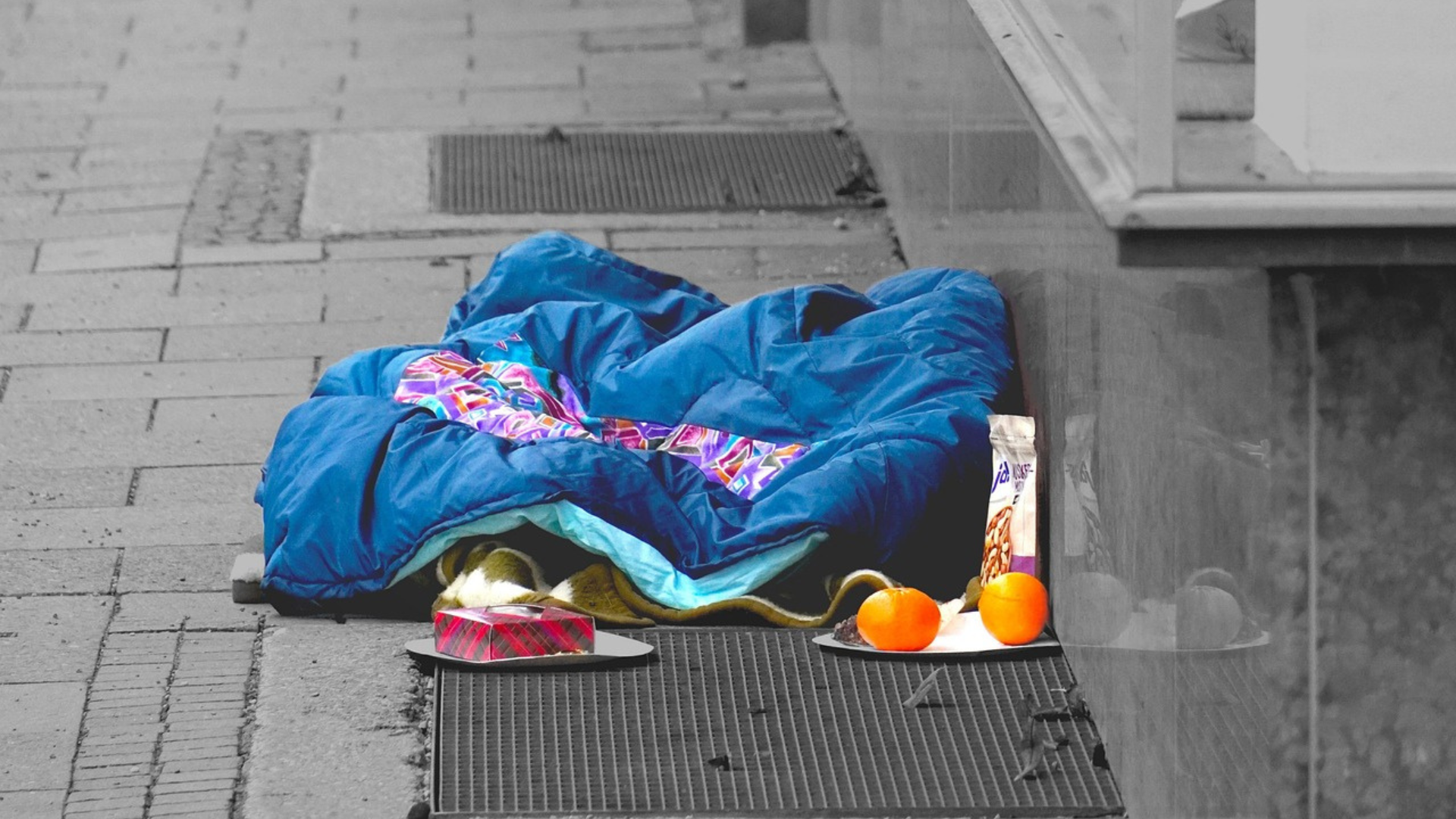Executive order Ending Crime and Disorder on America’s Streets, and accompanying fact sheet directs federal agencies to support broad enforcement actions against homelessness, with a focus on institutionalizing individuals experiencing homelessness who have mental illness or substance use disorders (SUDs). While the July 24 Executive Order (EO) issued an includes numerous provisions that have caused homelessness and behavioral health advocates concern, there are a handful that carry serious potential to destroy decades of progress and trust that have been built.
Could diminished mental healthcare capacity increase use of incarceration settings?
The EO includes two provisions that work to ensure more individuals who are experiencing homelessness, mental illness, and SUD are committed to facilities. The first is directing the U.S. Attorney General to reverse judicial precedents and end consent decrees that limit local and State governments’ ability to commit individuals who are on the streets. The other is the directive to redirect funding to ensure that individuals camping on streets and causing “public disorder” and that are suffering from serious mental illness or addiction are moved into treatment centers, assisted outpatient treatment, or other facilities.
The mental healthcare system does not currently have the capacity to serve all those who are seeking treatment.
While the apparent desire of the administration to return to a pre-1960’s era of institutionalization of individuals with mental illness, which is problematic in and of itself as institutions were over-crowded settings that provided little care, the other issue is capacity. The mental healthcare system does not currently have the capacity to serve all those who are seeking treatment, let alone the addition of individuals who could be forced into these settings. A 2021 Department of Health and Human Services brief noted that the utilization rate of residential and inpatient beds for mental health treatment in 2018 were 94% and 118%, respectively. It also indicated that utilization rates above 80% create a more stressful work environment and that rates above 85% are associated with a deterioration in the quality of care.
A lack of space in appropriate healthcare settings for individuals experiencing mental illnesses who could be committed to institutions against their will raises the important question, where will they go? While the order does not speak to this, given the reversal of policies that have worked to decriminalize mental illness with this executive order, it is possible that individuals could be placed in incarcerated settings. It is worth noting that the United States’ prison population peaked in 2008 at 2.3 million individuals and since then has been trending downward with 1.7 million people incarcerated during 2020. Illustrating that while appropriate healthcare settings will not have capacity to serve those committed, incarcerated settings could, but this would be a significant shift backwards for this country’s approach to mental illness.
Order contradicts itself on harm reduction
The EO states that discretionary grants issued by the Substance Abuse and Mental Health Services Administration (SAMHSA) for substance use disorder prevention, treatment, and recovery fund evidence-based programs and do not fund programs that fail to achieve adequate outcomes, including so-called “harm reduction” or “safe consumption” efforts that only facilitate illegal drug use and its attendant harm. The EO then contradicts itself later on stating that federal funds for Federally Qualified Health Centers and Certified Community Behavioral Health Clinics must support comprehensive services for individuals with serious mental illness and substance use disorder, which inherently would include harm reduction activities.
Harm reduction saves lives and prevents death.
Not only will these provisions actively undermine the progress that has been made in the fight against the opioid epidemic but suggesting that harm reduction activities are not “evidence-based” and “fail to achieve adequate outcomes” is counter to decades of research on the subject. The Department of Health & Human Services’ own definition of harm reduction indicates that it is evidence-based and is included as one of the four pillars of overdose prevention. Harm reduction saves lives and prevents death. If saving lives is not considered an “adequate outcome” by the administration, it is unclear what would be. As many advocates in this field say, dead people do not recover.
The Center for Community Solutions will continue to follow changes at the federal, state, and local level that impact health and human services in Ohio.
Behavioral health resources
- Free Naloxone/Fentanyl Test Strips: NaloxoneOhio or Project DAWN (Deaths Avoided With Naloxone)
- SAMHSA’s National Helpline: 1-800-622-4357. Confidential, free, 24 hours day, 365 days a year, information service, in English and Spanish, for individuals and family members facing mental and/or substance use disorders. This service provides referrals to local treatment facilities, support groups, and community-based organizations.
- Ohio’s Take Charge Helpline: 1-877-275-6364. Confidential, free, 8:00am – 6:00pm, Monday – Friday. To get information about addiction and to get a referral to treatment.
- Ohio’s Crisis Text Line: Text 4hope to 741741 and a trained crisis counselor will text you within five minutes to confidentially assist you.
- Never Use Alone: 877-696-1996. Toll-free national overdose prevention, detection, life-saving crisis response and medical intervention services for people who use drugs while alone. Available 24 hours a day, 7 days a week, 365 days a year.



.png)

.png)
.png)

